A particle starts with some initial velocity with an acceleration along the direction of motion. Draw a graph depicting the variation of velocity (v) along y-axis with the variation of displacement(s) along x-axis.
For uniformly accelerated motion, the relation between velocity (v) and displacement (s) is given by v2=u2+2as
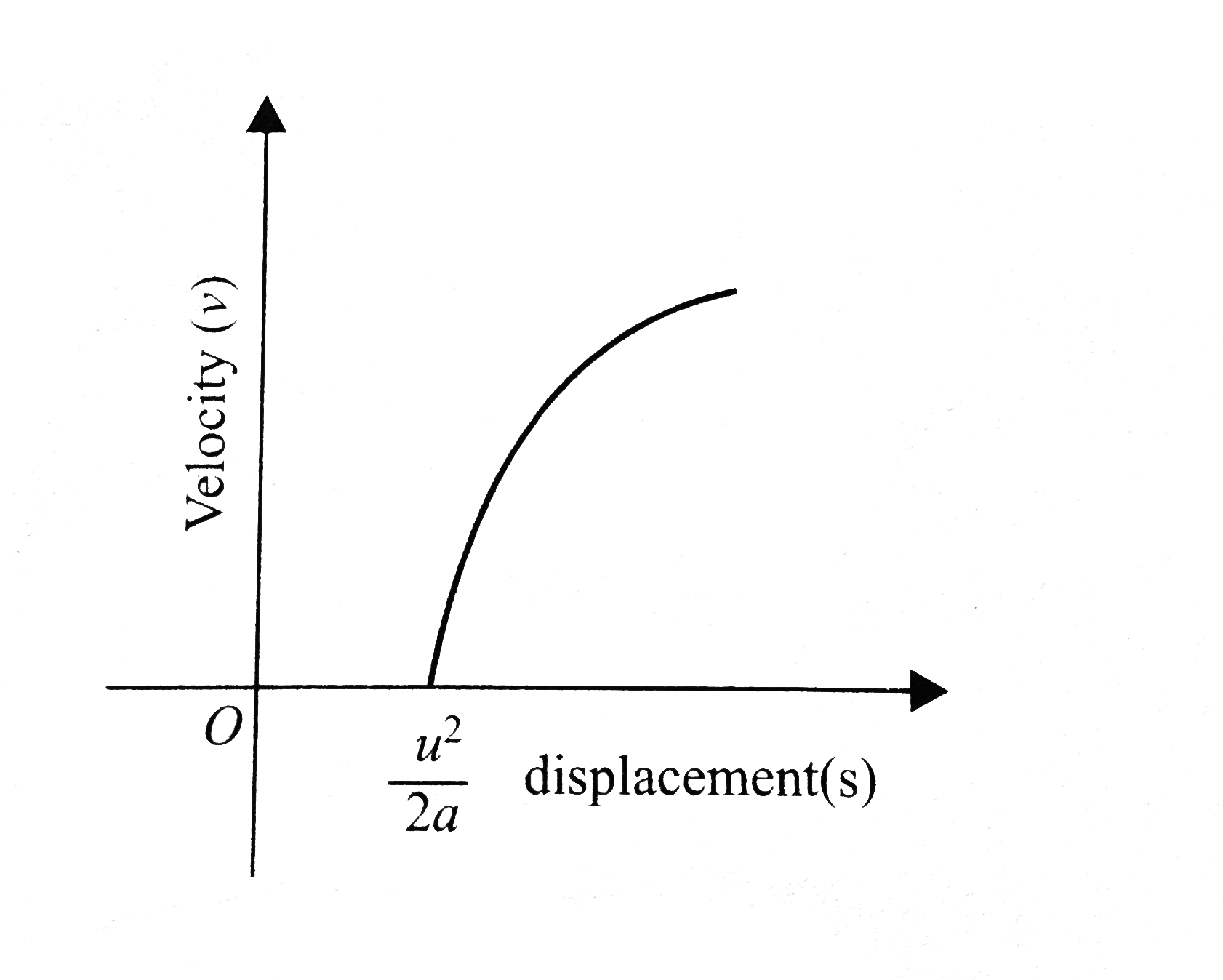
Now, the above equation shoulb be transformed to a suitable form, before the exact shape can be known.
∴(v−0)2=2a(s−u22a)
which is of the form
(y−k)2=4a(x−h)
The vertex is at (h,k), i.e., (u22a,0) and axis coincides with x (i.e., s)-axis.
Topper's Solved these Questions
- BASIC MATHEMATICSBOOK - CENGAGE PHYSICSCHAPTER - BASIC MATHEMATICSEXERCISE - Solved Examples
9 Videos
- BASIC MATHEMATICSBOOK - CENGAGE PHYSICSCHAPTER - BASIC MATHEMATICSEXERCISE - Exercise 2.1
2 Videos
- ARCHIVES 2 VOLUME 6BOOK - CENGAGE PHYSICSCHAPTER - ARCHIVES 2 VOLUME 6EXERCISE - Integer
4 Videos
- CALORIMETRYBOOK - CENGAGE PHYSICSCHAPTER - CALORIMETRYEXERCISE - Solved Example
13 Videos
Similar Questions
A particle starts with uniform acceleration. Draw a graph taking the displacement(s) of the particle along y-axis and time(t) along x-axis. What is the curve known as?
View SolutionTwo point charge ±q are placed on the axis at x=−a and x=±a, as shown in fig.
(i) Plot the variation of E along the x-axis.
(ii) Plot the variation of E along the y-axis.
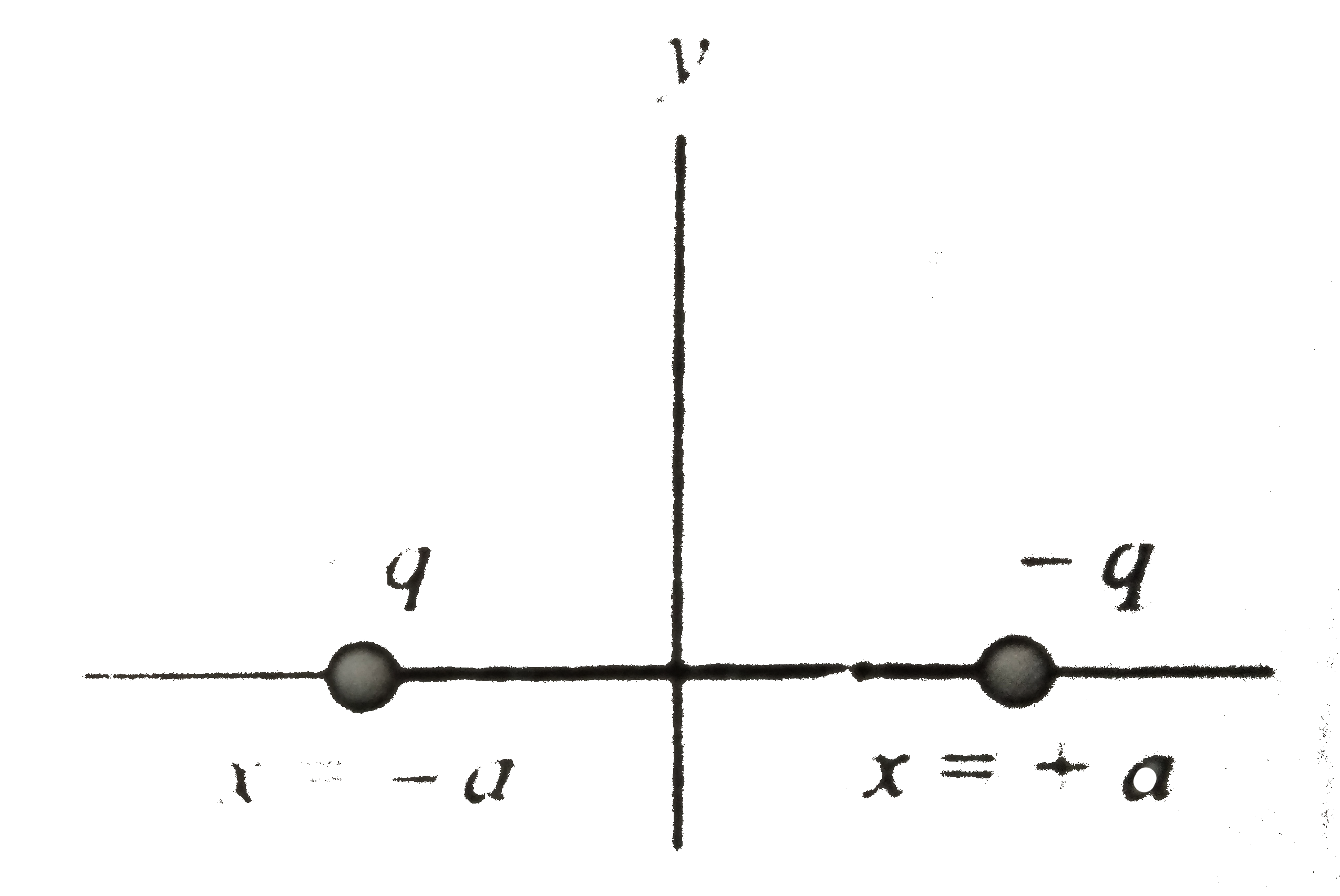
View Solution
Knowledge Check
If v is the velocity of a body moving along x-axis, then acceleration of body is
AdvdxBvdvdxCxdudxDvdxdvFor a body moving with uniform acceleration along straight line, the variation of its velocity (v) with position (x) is best represented by
A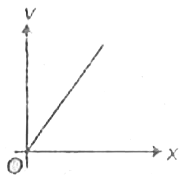 B
B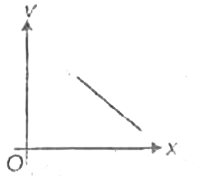 C
C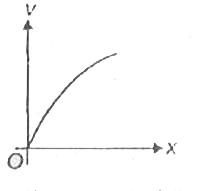 D
D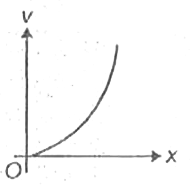
At the start of a motion along a line the initial velocity is u and acceleration is at. The final velocity v after time t, is
Av=u+atBv=u+at2Cv=u+12at2Dv=at2
A particle starts its motion from the origin in positive x-direction. The given graph shows the variation of acceleration (a) with velocity (v). Plot the corresponding graph between velocity and time.
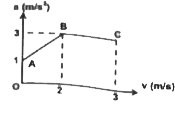
View SolutionAt the start of a motion along a line the initial velocity is u and acceleration is at. The final velocity v after timet, is
View SolutionAt the start of a motion along a line the initial velocity is u and acceleration is at. The final velocity vafter time t, is
View SolutionA body starting from the rest moves along a straight line with constant acceleration .Which one of the following graphs represent the variation of speed (v) and distance (s) ?
View SolutionA particle starting from rest moves along a straight line with constant acceleration for this velocity displacement graph will have the form-
View Solution
